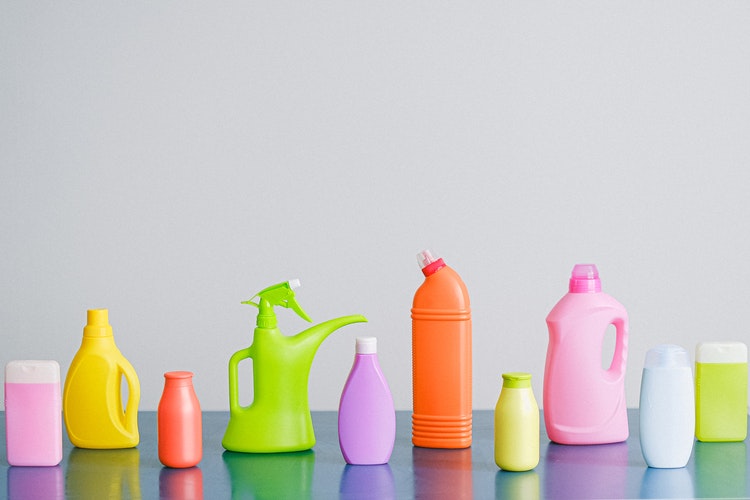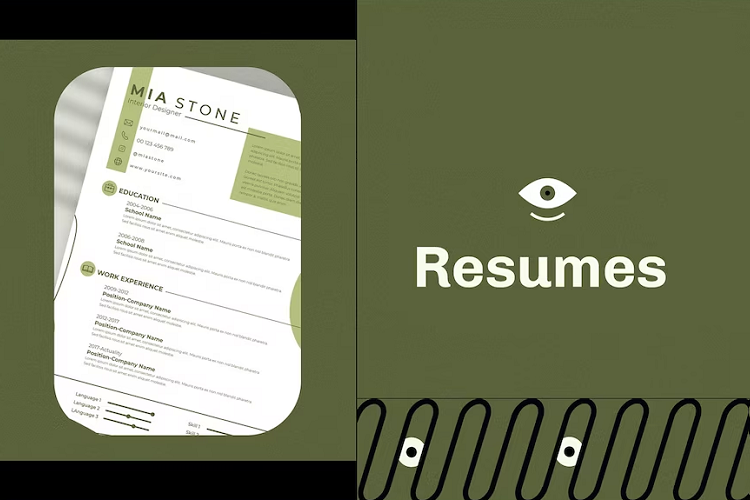Have you thought about how those small Lego pieces or your DIY plastic tables were made? This article will answer your questions by looking into what and how plastic products are made widely.
What Is Injection Molding?
Plastic injection molding is a manufacturing method that allows the fabrication of large quantities of the same plastic product in a short amount of time. It involves injecting molten plastic into a mold, where it is cooled and hardened to its final shape. Plastic injection molding is great for mass-producing plastic products in large quantities for various companies and consumers.
It can produce many dimensionally consistent and identical parts, even for parts with complex designs and poor dimensional tolerance. Injection molding is utilized in a variety of applications that call for a repeatable manufacturing process. Some examples include:
- Toys
- Wire spools
- Bottle caps
- Combs
- Musical instruments and components
- Chairs
- Tables
- Storage containers
- Mechanical parts
- Automobile parts
How Does Plastic Injection Molding Work?
To start, a prototype is built about what the final product should look like. Next, plastic (in either pellet or grain form) is melted in the injection molding machine and then injected into the mold under high pressure. The material cools, solidifies, and is freed by opening the mold’s two halves. As a result, this approach enables the manufacturing of a predefined plastic object with predetermined dimensions.
The parts utilized in the plastic injection molding process must be carefully developed by either a competent designer or a specialized engineer in order to facilitate the procedure.
Single-cavity or multiple-cavity molds are available. Each cavity of a multiple cavity mold might have identical pieces, or be distinct to generate parts with diverse geometry. Due to the injection and clamping forces, aluminum molds are not recommended for high-volume manufacturing or products with tight dimensional tolerances, since they have poor mechanical quality and are prone to distortion and breakage. Steel molds are more robust than aluminum molds, but they are also more expensive.
Prototype Injection Molding
A custom plastic part may go through various stages as a product progresses from concept to reality. A thorough 3D rendering of the product design is created using a 2D drawing of the part. There may be several excellent reasons to contemplate prototype injection molding before going into mass production. Prototype injection molding services like Protoshop can assist you in prototyping requirements.
A high-quality mold can produce thousands of pieces, but the cost and lead time of the mold will inevitably arise. However, Protoshop’s prototype molding technology takes high-quality molding to the next level by incorporating temperature control into the mold and other patented features that can produce tens of thousands of parts at a lower cost and lead time.
Advantages of Plastic Injection Molding
The plastic injection molding process provided many benefits to the manufacturer. Here are a few of those benefits:
Increased Productivity
The plastic injection molding process is a fast way to make plastic items. It has a high manufacturing rate and can produce large quantities of plastic products in a single cycle.
Higher Output
The more cavities a mold contains, the more pieces it can make in a single cycle. It may also create thousands of products before the tool requires maintenance.
Uniformity
Multiple pieces with uniform dimensions and form can be produced using injection molding. The identicality of items produced in multiple molding cycles is guaranteed.
Lower Scrap Rates
When compared to traditional industrial processes, injection molding produces less scrap. If a recyclable thermoplastic material is used, excess polymers from the runners, sprue, and gates can be heated and reused after the molding process.
Lower Costs
Molding is a highly automated method in which the machine is in charge of the majority of the stages, and physical labor is seldom used. This lowers the cost of production.
Disadvantages of Plastic Injection Molding
Tooling is an expensive investment
Before mass production, the molding tool is designed, produced, and tested, which raises the investment rate. Several iterations and trial runs are required to guarantee that the mold creates a part with exact dimensions, which can be costly.
Changing designs is difficult
Any alteration in the product form and size necessitates changing the mold cavity dimensions. If the product size needs to be expanded, a section of the cavity must be removed so that the melted plastic can take up more space. Metal fabrication procedures must be employed because the tooling is constructed of solid metal. If the part’s size needs to be reduced, a new tool with fewer cavities is needed.
What Type of Plastic Is Used In Plastic Injection Molding?
With numerous polymer families to choose from, injection molding offers various plastics. The polymers can be divided into two categories:
- Thermosets
- Thermoplastics
Thermoplastics are the type of plastic that are suitable for injection molding. There are over 70 different varieties of thermoplastics available. Examples of thermoplastics include polycarbonate, polyethylene, and polypropylene.
Each thermoplastic kind has its own set of properties and applications that sets it apart from the others. Plastic selection for injection molding can be difficult because the molding engineer must be aware of all 70 varieties and know which type to use for the application.
However, high-density polyethylene and low-density polyethylene are the most often used plastics. Polyethylene is used due to its advantages, including
- Tensile strength
- Elasticity
- High impact resistance
- Moisture resistance
- Recyclability
End Note
The applications of plastic injection molding are endless, as are the potential goods that might be created, keeping in mind that the process must be meticulously developed and precise molds constructed.
Protoshop provides part design and material selection guidance, which are valuable services that most prototype molders do not provide, and ensures that your component designs are successful.
Molds made by Protoshop are also engineered to allow for quick mold modifications during product development. Other prototype molders aren’t set up to deliver rapid mold iterations, or they don’t provide them at all. Protoshop molds are durable, transferable, and capable of molding tens of thousands of pieces quickly, making them ideal for development and bridge tooling.




